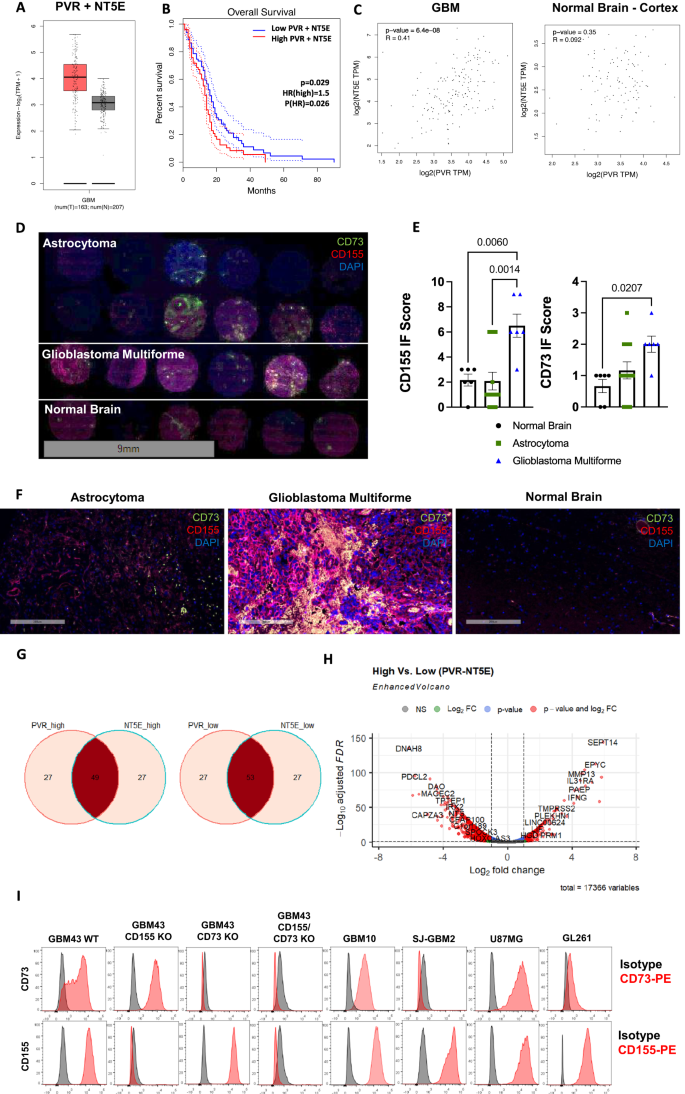2024-04-22 カリフォルニア大学サンディエゴ校(UCSD)
<関連情報>
- https://today.ucsd.edu/story/liquid-droplets-shape-how-cells-respond-to-change
- https://www.cell.com/molecular-cell/fulltext/S1097-2765(24)00184-9
PKA RIα相分離の分子決定因子とシグナル伝達効果 Molecular determinants and signaling effects of PKA RIα phase separation
Julia C. Hardy,Emily H. Pool,Jessica G.H. Bruystens,…,Susan S. Taylor,Sohum Mehta,Jin Zhang,,
Molecular Cell Published:March 26, 2024
DOI:https://doi.org/10.1016/j.molcel.2024.03.002
Highlights
- RIα LLPS involves dimerization via two interfaces and cAMP-driven unleashing of PKA-C
- Spatial PKA signaling is distinctly regulated by LLPS and AKAP anchoring
- A non-canonical, active PKA holoenzyme exists in RIα condensates
- RIα condensates retain active PKA-C to maintain low-cytosolic PKA signaling
Summary
Spatiotemporal regulation of intracellular signaling molecules, such as the 3′,5′-cyclic adenosine monophosphate (cAMP)-dependent protein kinase (PKA), ensures proper cellular function. Liquid-liquid phase separation (LLPS) of the ubiquitous PKA regulatory subunit RIα promotes cAMP compartmentation and signaling specificity. However, the molecular determinants of RIα LLPS remain unclear. Here, we reveal that two separate dimerization interfaces, combined with the cAMP-induced unleashing of the PKA catalytic subunit (PKA-C) from the pseudosubstrate inhibitory sequence, drive RIα condensate formation in the cytosol of mammalian cells, which is antagonized by docking to A-kinase anchoring proteins. Strikingly, we find that the RIα pseudosubstrate region is critically involved in forming a non-canonical R:C complex, which recruits active PKA-C to RIα condensates to maintain low basal PKA activity in the cytosol. Our results suggest that RIα LLPS not only facilitates cAMP compartmentation but also spatially restrains active PKA-C, thus highlighting the functional versatility of biomolecular condensates in driving signaling specificity.
Graphical abstract



